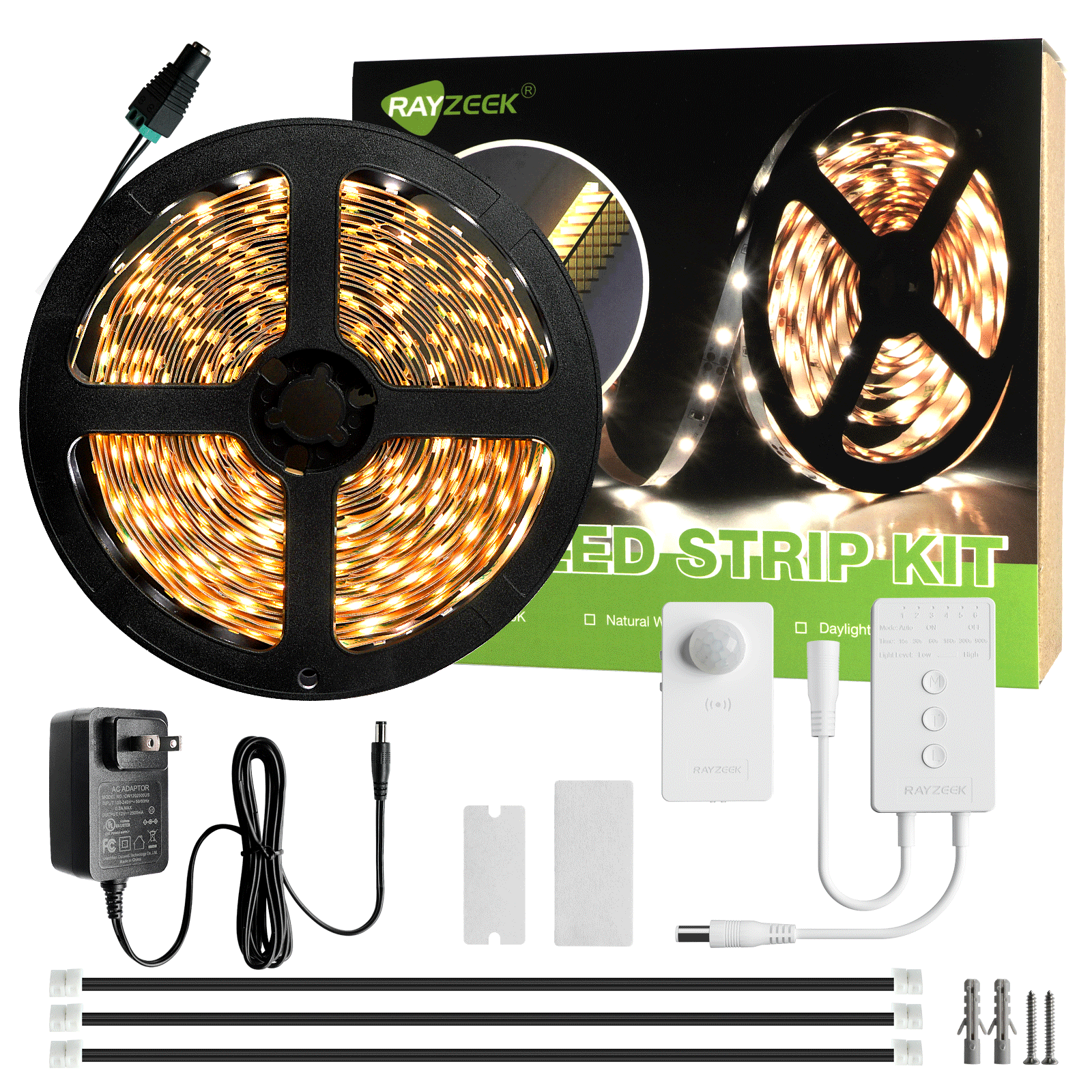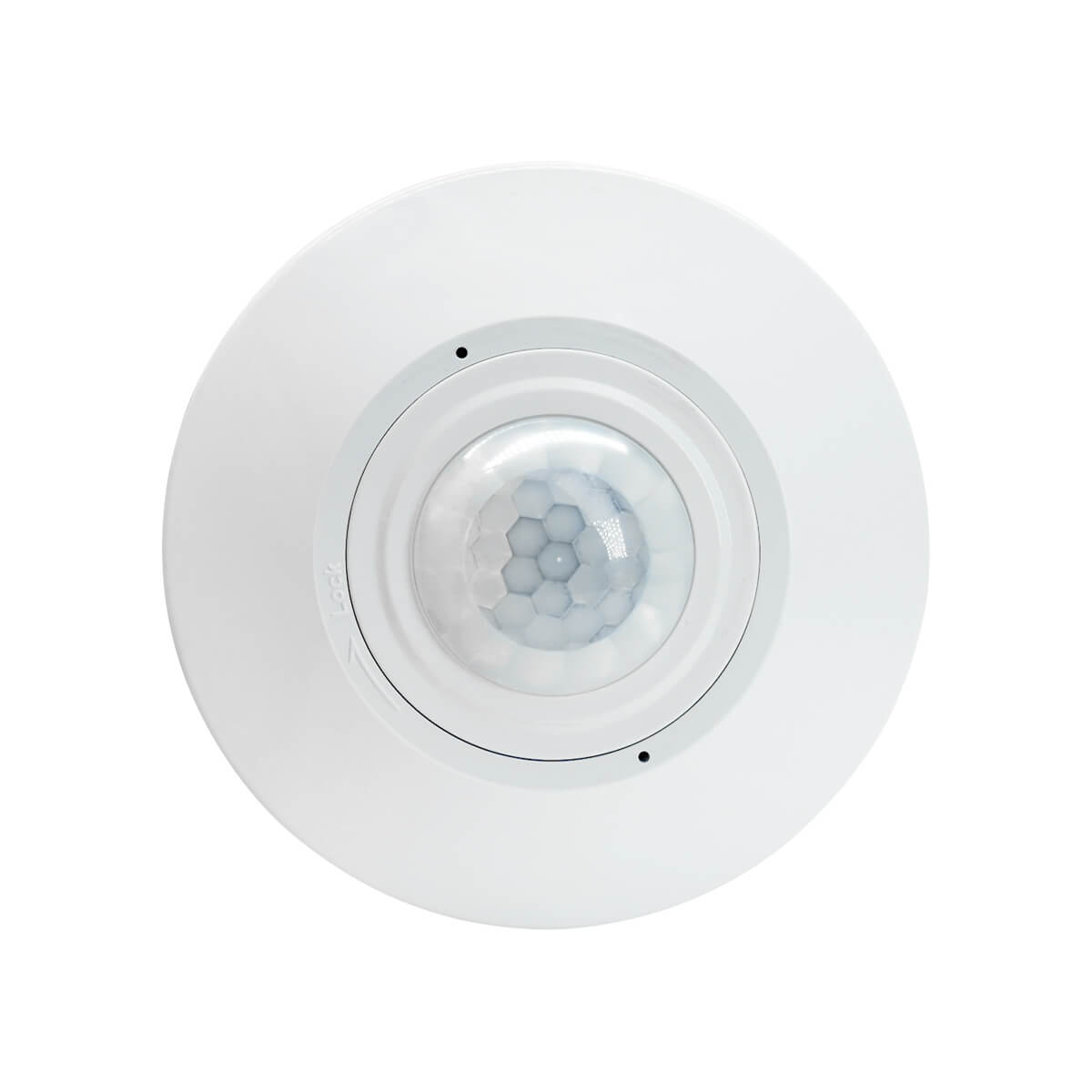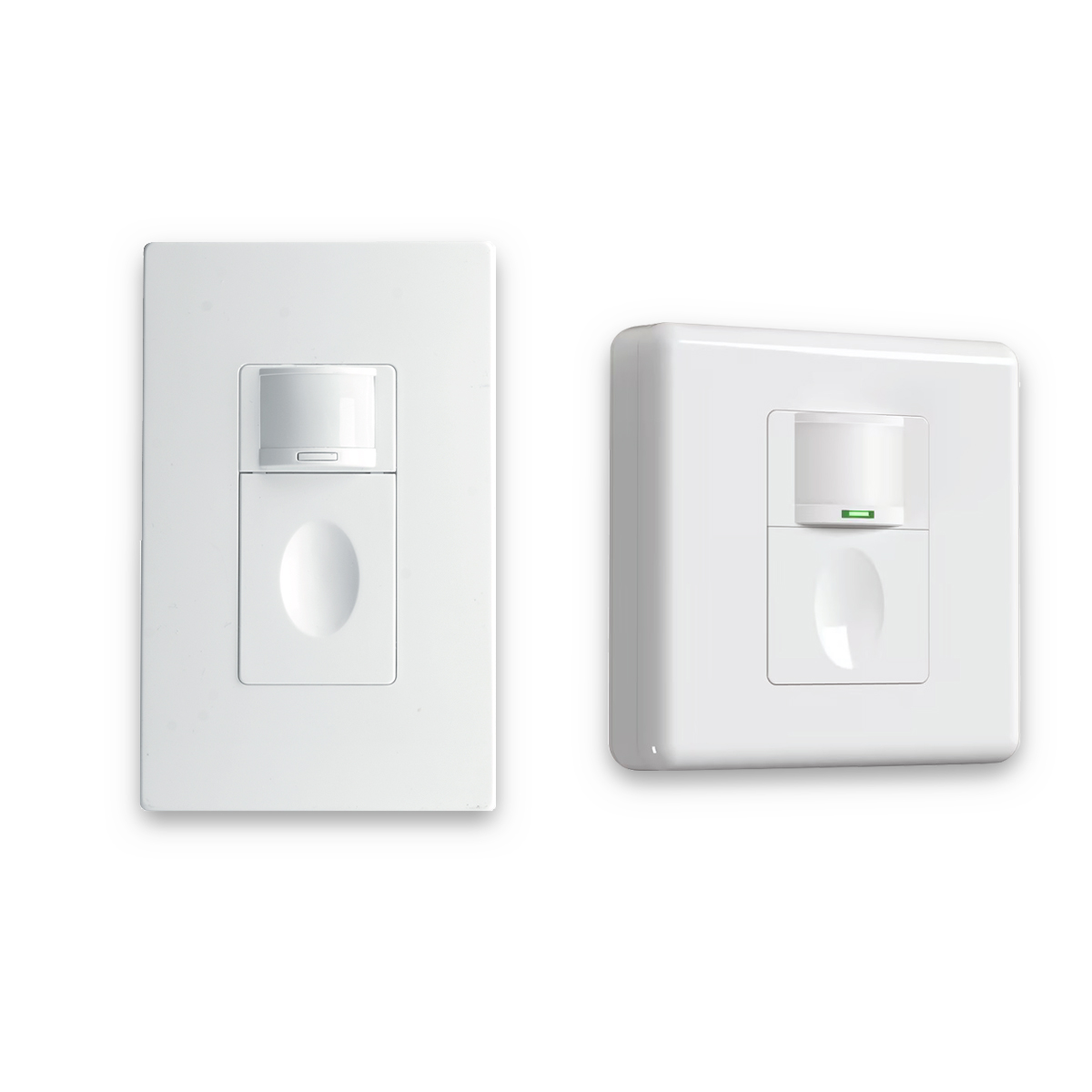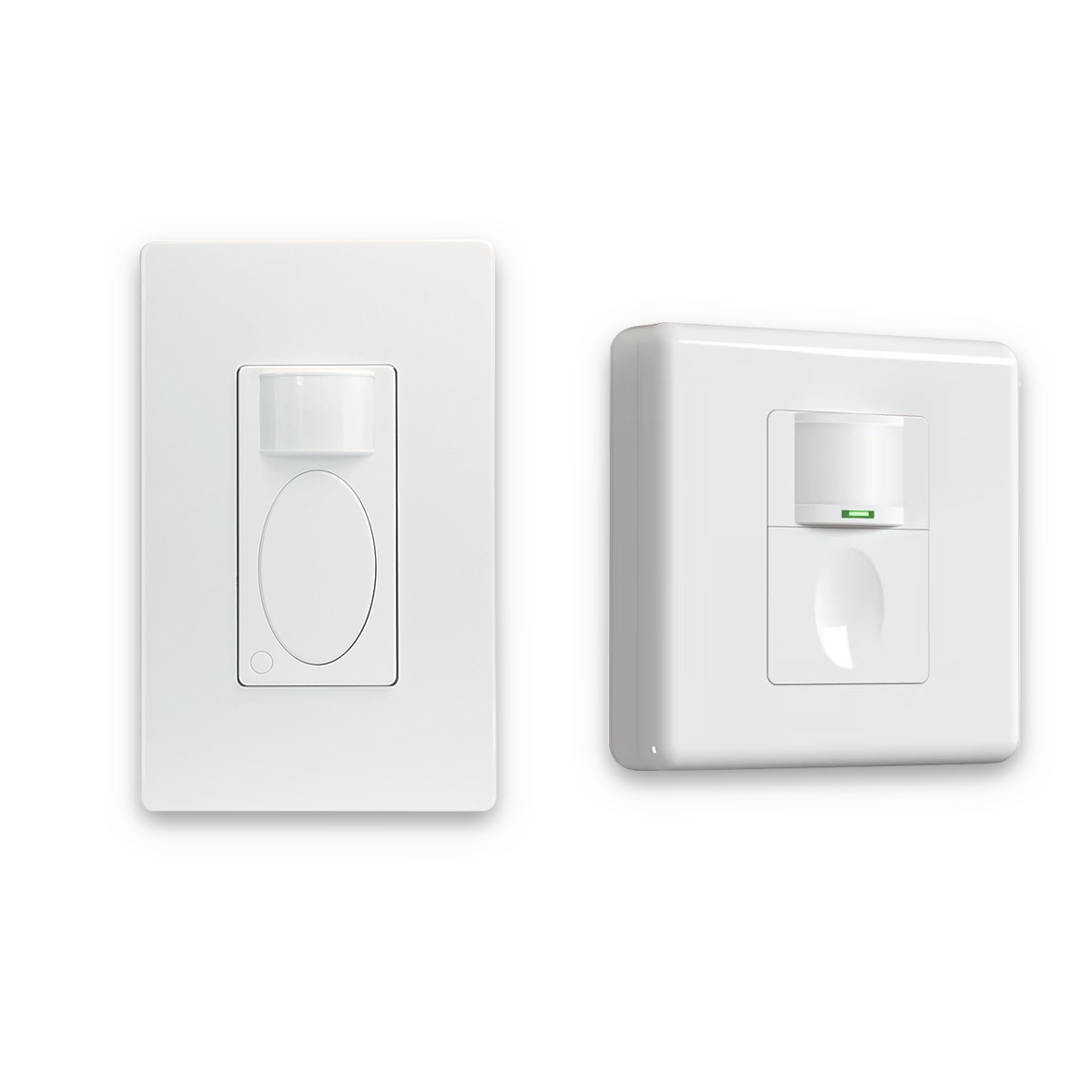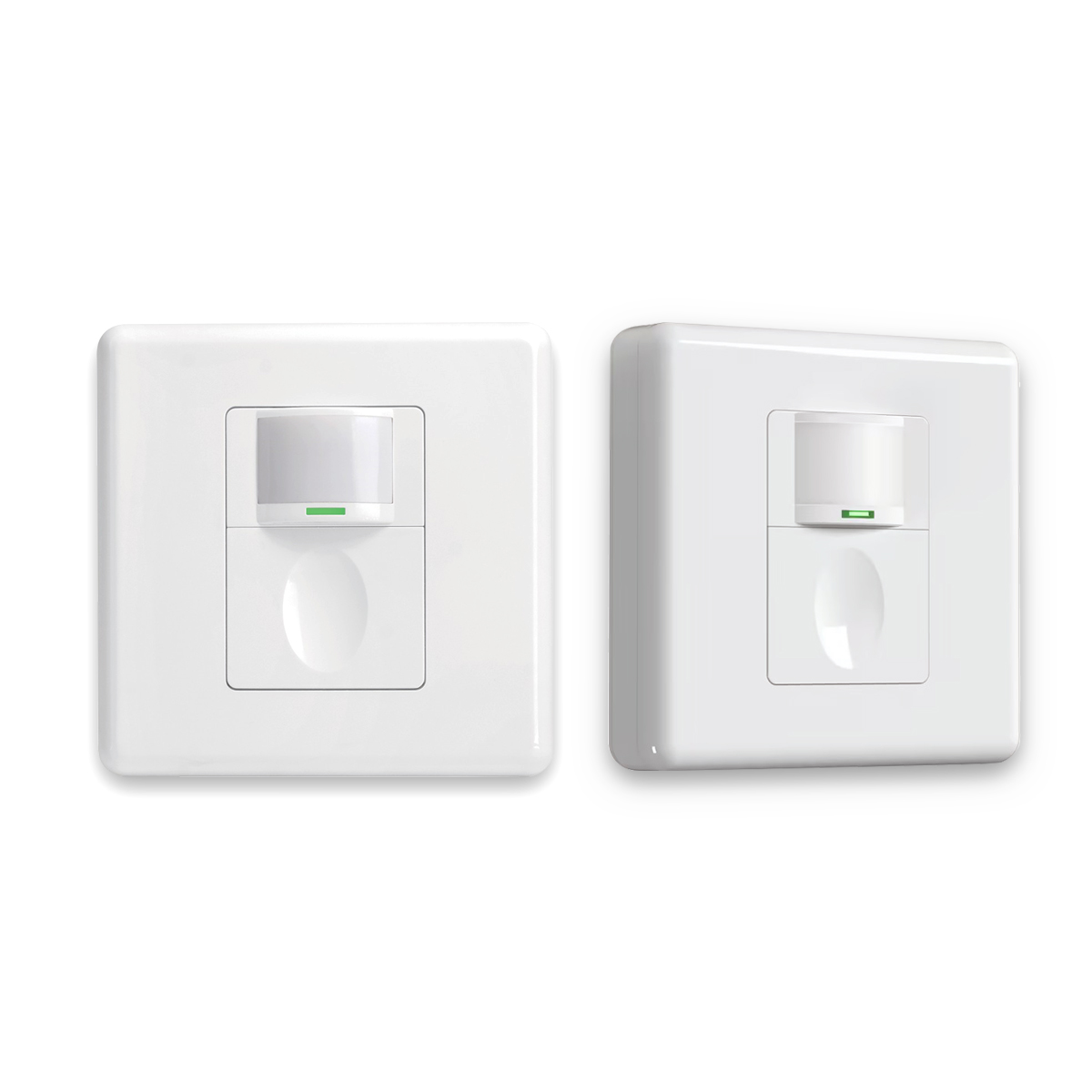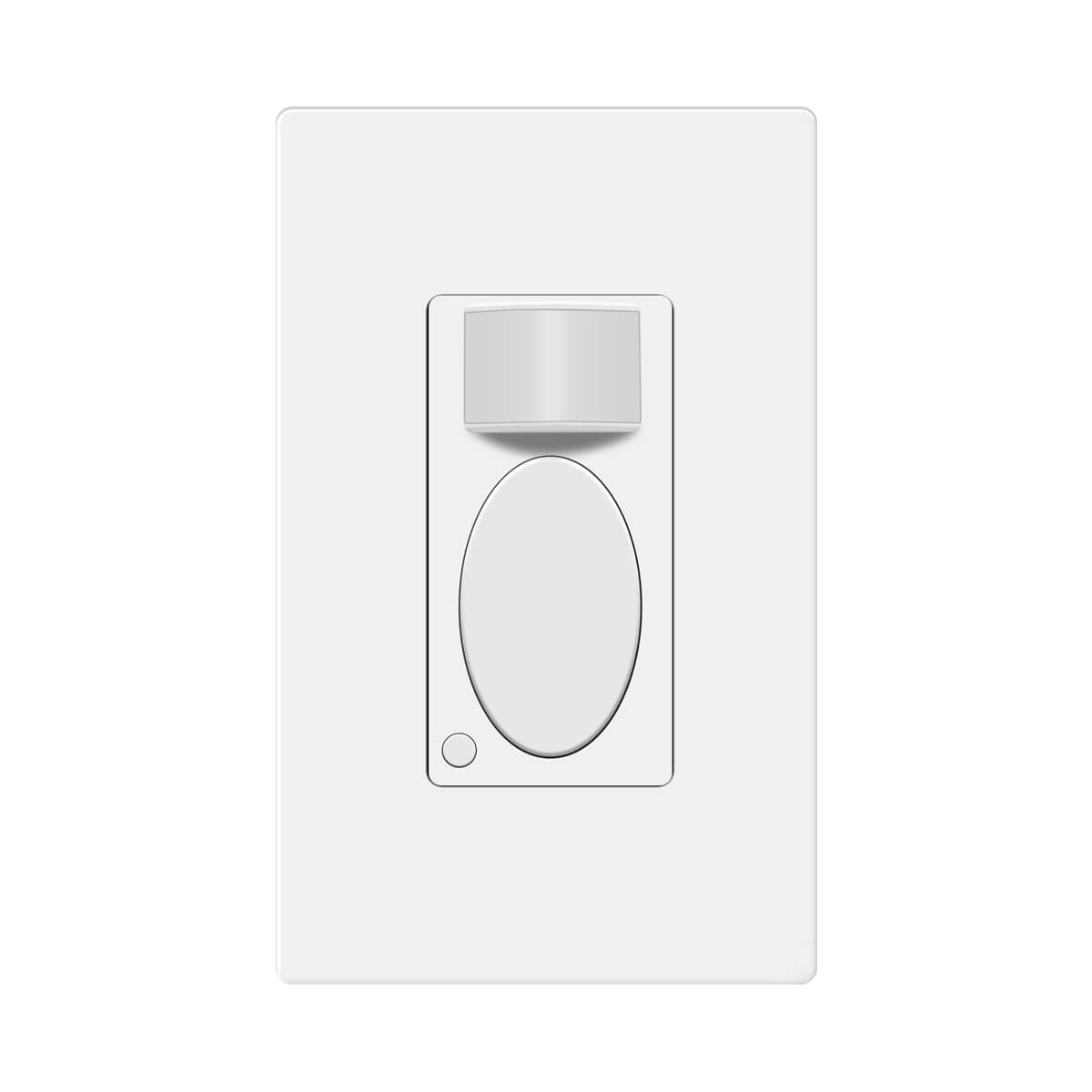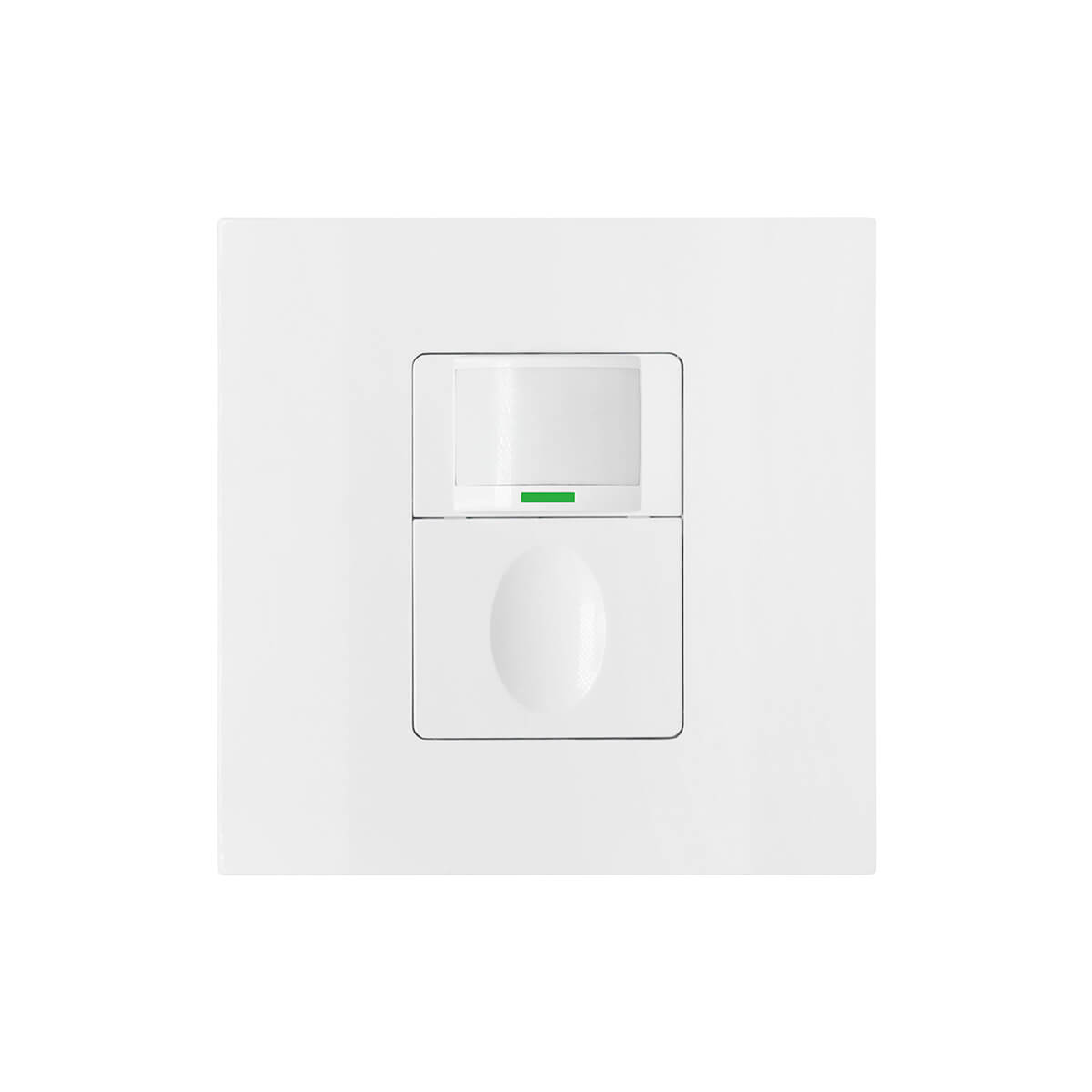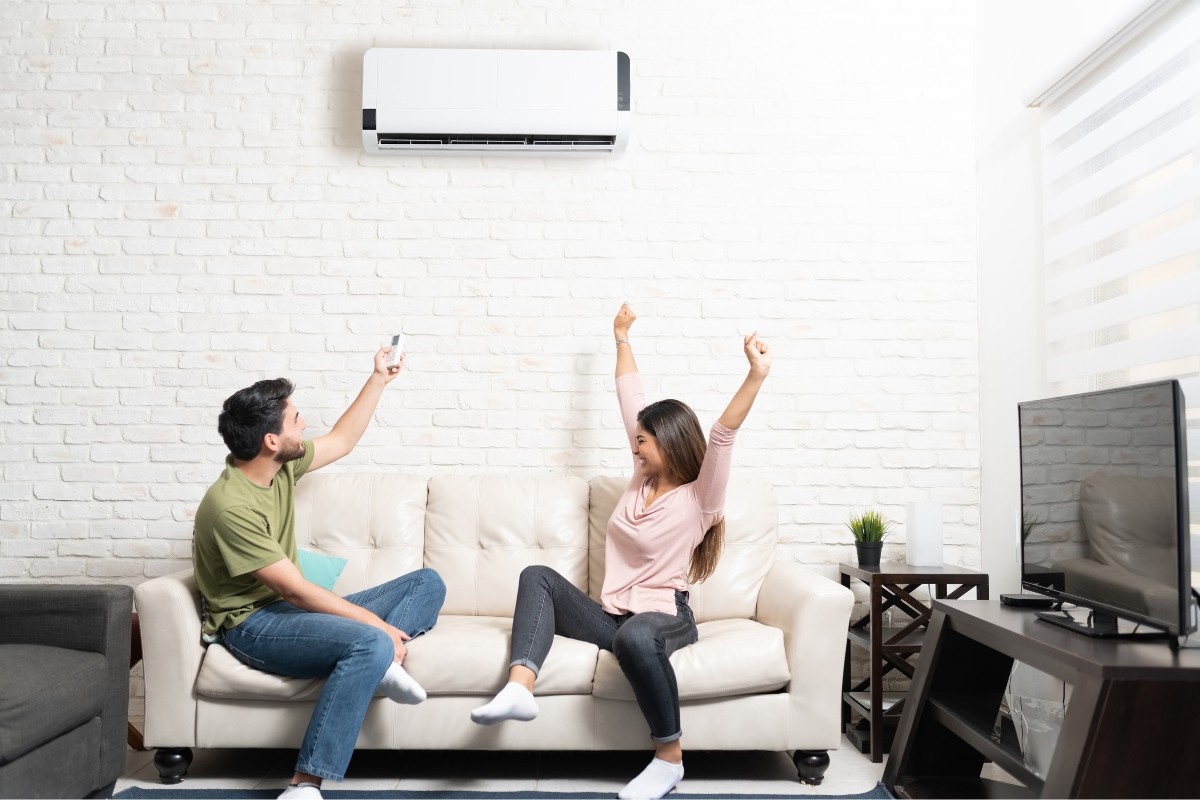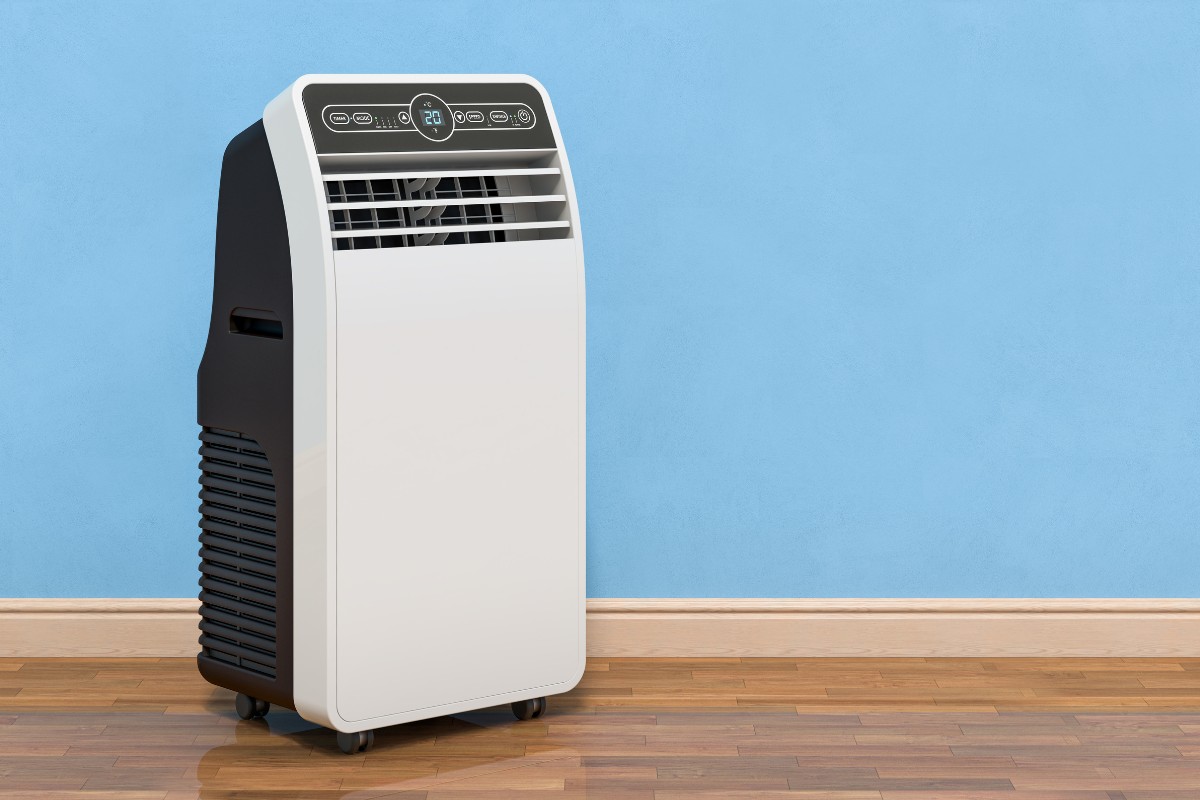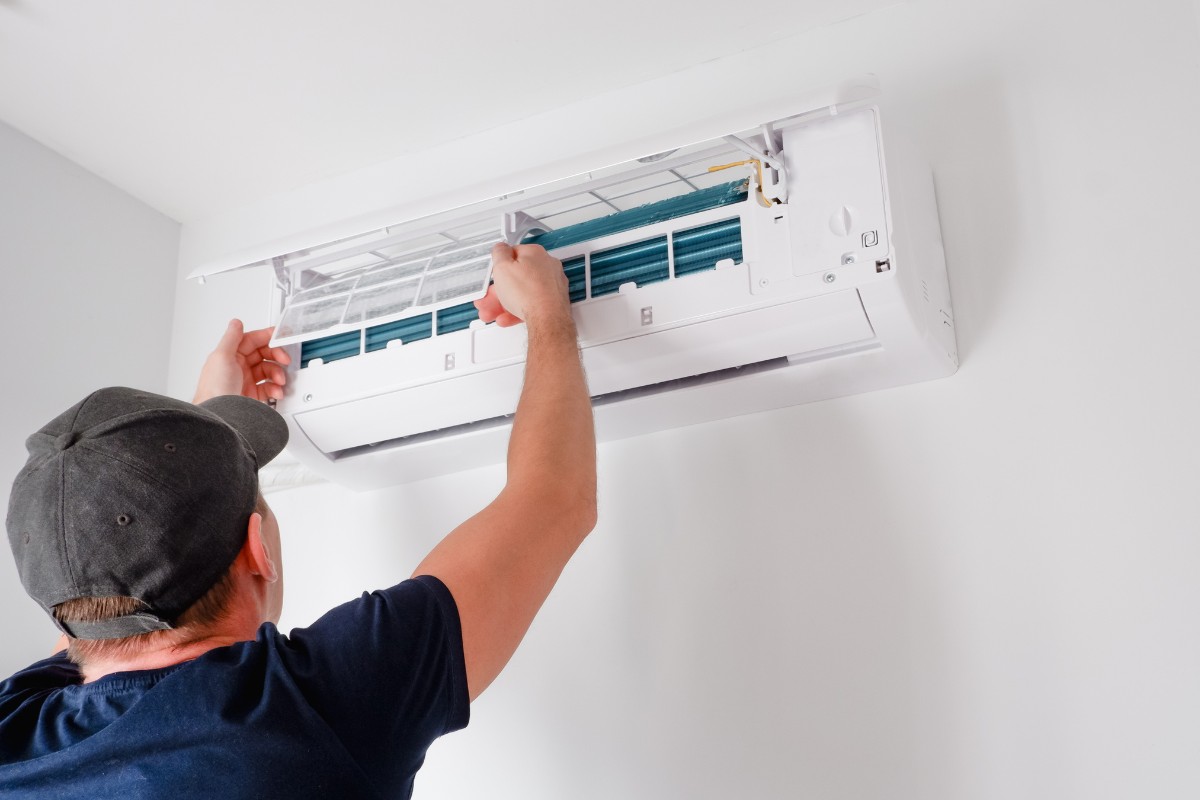Choosing the right size air conditioner is crucial for creating a comfortable and energy-efficient home. An improperly sized unit can lead to discomfort, high energy bills, and even premature equipment failure. But how do you determine the perfect fit for your space? This comprehensive guide will walk you through everything you need to know, from understanding the basics of BTUs to navigating advanced factors like thermal mass and Manual J load calculations. Whether you’re a homeowner looking for practical advice or a seasoned researcher seeking in-depth technical insights, this article has you covered.
What is a BTU?
Let’s start with the fundamentals. BTU stands for British Thermal Unit. It’s a unit of energy that measures the amount of heat required to raise the temperature of one pound of water by one degree Fahrenheit. In the context of air conditioners, BTU refers to the cooling capacity of the unit. Specifically, it indicates the amount of heat an air conditioner can remove from a room per hour.
Think of it this way: imagine BTU as a measure of how quickly a bucket can remove water from a pool. A bigger bucket (higher BTU) can remove water faster. So, an air conditioner with a higher BTU rating has a greater cooling capacity.
It’s important to understand that BTU is a measure of the rate of heat transfer, not just the total amount of heat. This distinction is key to understanding how air conditioners maintain a constant temperature by continuously removing heat as it enters a space.
Why the Right Size Air Conditioner Matters
You might be wondering, “Why all the fuss about size?” Well, getting the right size air conditioner isn’t just about comfort; it has far-reaching implications for your wallet, your health, and the lifespan of your equipment. Let’s break down the key reasons why size matters:
Comfort
An appropriately sized air conditioner will effectively cool your room to your desired temperature and maintain it consistently. Have you ever been in a room that’s always a little too warm or too cold, no matter how much you adjust the thermostat? That’s often a sign of an improperly sized AC. An oversized unit will cool the room too quickly, leading to short cycling, which can cause temperature fluctuations and discomfort. Conversely, an undersized unit will struggle to cool the room adequately, especially during peak heat.
Energie-efficiëntie
Properly sized ACs operate at their peak efficiency, consuming less energy. Oversized units cycle on and off frequently, wasting energy during each start-up. Undersized units, on the other hand, run continuously, consuming more energy than necessary. It’s like driving a car in stop-and-go traffic versus cruising on the highway – the latter is much more fuel-efficient.
Humidity Control
Air conditioners don’t just cool the air; they also dehumidify it. This is crucial for comfort, as high humidity can make a room feel stuffy and uncomfortable. Oversized units don’t run long enough to adequately dehumidify the air, leading to a clammy feeling. Undersized units may not be able to remove enough moisture from the air, especially in humid climates.
Equipment Lifespan
Just like any machine, air conditioners last longer when they’re used correctly. Properly sized ACs experience less wear and tear, leading to a longer lifespan. Oversized units suffer from short cycling, which stresses the compressor and other components. Undersized units are constantly overworked, leading to premature failure.
Laat u inspireren door Rayzeek Motion Sensor Portfolio's.
Vind je niet wat je zoekt? Maak je geen zorgen. Er zijn altijd alternatieve manieren om je problemen op te lossen. Misschien kan een van onze portfolio's helpen.
Cost Savings
Energy-efficient operation translates directly to lower utility bills. Plus, a longer equipment lifespan means fewer replacements and repairs, saving you money in the long run. It’s a win-win situation.
Health Impacts
Overcooling can lead to respiratory problems and general discomfort, while undercooling can contribute to heat stress. Proper sizing helps maintain a healthy indoor environment, ensuring that you’re neither shivering nor sweating.
Occupant Behavior
It’s worth noting that how you use your space also impacts cooling needs. Adjusting thermostat settings, using blinds to block sunlight, and opening windows for ventilation can all influence the actual cooling load. These factors should be considered alongside the calculated size for optimal comfort and efficiency.
Another Layer of Efficiency: Smart AC Control
While choosing the right size air conditioner is crucial, there are additional steps you can take to maximize energy savings and enhance comfort. Even with a perfectly sized AC, it’s easy to forget to turn it off when leaving a room, leading to unnecessary energy consumption. This is where a smart AC controller like the RZ050 can make a significant difference.
The RZ050 Air Conditioner Motion Sensor is designed to automatically turn off your AC when a room is unoccupied. Using advanced PIR motion-sensing technology, it detects when you’ve left the room and sends an “off” signal to your AC after a preset time delay. This simple yet effective automation ensures that your AC is only running when needed, significantly reducing your energy bills and environmental impact. The RZ050 also features a night mode that prevents the AC from accidentally turning off while occupants are sleeping, ensuring a comfortable night’s rest.
RZ050 airconditioner bewegingssensor
Maximize AC Efficiency and Savings, Automatically.
- Automatically turns off your AC when you leave the room
- Reduces energy bills by up to 50%
- Easy DIY installation, compatible with most remote-controlled ACs
How to Calculate What Size Air Conditioner You Need
Several factors influence the appropriate size of an air conditioner. While a basic calculation can be done using the room’s square footage, other factors should also be considered for a more accurate assessment.
Measuring Your Space
The first step is to measure the length and width of the room in feet. Multiply the length by the width to get the square footage. For example, a room that is 10 feet long and 15 feet wide has a square footage of 150 square feet (10 x 15 = 150).
What about irregularly shaped rooms? No problem. Simply divide the room into smaller rectangular sections, calculate the square footage of each section, and add them together.
Understanding the Role of Climate
Climate significantly affects cooling needs. It’s pretty obvious that hotter climates require more cooling capacity than cooler ones. But did you know that humidity also plays a major role? Humid air feels hotter than dry air because it reduces the body’s ability to cool itself through evaporation.
ASHRAE Climate Zone Data
The American Society of Heating, Refrigerating and Air-Conditioning Engineers (ASHRAE) has developed climate zone maps that divide North America into different zones based on temperature and humidity. These maps are an invaluable tool for determining the appropriate cooling capacity for a given location.
For instance, a home in Miami, Florida (Zone 1) will require a larger air conditioner than a home of the same size in Seattle, Washington (Zone 4). ASHRAE provides detailed data on design temperatures and humidity levels for each climate zone, which can be used for precise cooling load calculations. This level of detail is particularly important for experienced researchers and HVAC professionals.
The Impact of Insulation
Insulation acts as a barrier, keeping heat out of your home during the summer and reducing the cooling load. Well-insulated homes require less cooling capacity than poorly insulated ones. It’s like wearing a light jacket versus a heavy coat – the better the insulation, the less your body (or your AC) has to work to maintain a comfortable temperature.
Understanding R-Value
R-value is a measure of a material’s resistance to heat flow. Higher R-values indicate better insulation. Walls, ceilings, and floors should be adequately insulated to minimize heat gain. The recommended R-values for different parts of the home vary by climate zone.
For example, a wall with an R-value of R-19 is better insulated than a wall with an R-value of R-13. Adding insulation can significantly reduce cooling needs and energy consumption, leading to long-term cost savings.
How Windows Affect Cooling Needs
Windows can be a major source of heat gain, especially those that receive direct sunlight. The size, type, and orientation of windows can significantly affect your cooling load.
Quantifying Solar Heat Gain
Solar heat gain is the amount of heat that enters a room through the windows due to solar radiation. It is quantified using the Solar Heat Gain Coefficient (SHGC), which is a number between 0 and 1. A lower SHGC indicates that the window blocks more solar heat. Windows with a low SHGC are more energy-efficient, acting like a shield against the sun’s rays.
Single-Pane vs. Double-Pane vs. Low-E Windows
- Single-pane windows: These offer little insulation and allow a significant amount of heat to pass through. They’re like an open door for heat.
- Double-pane windows: These have two panes of glass with an air gap in between, providing better insulation than single-pane windows. The air gap acts as a buffer, reducing heat transfer.
- Low-e windows: These have a special coating that reflects infrared radiation, reducing solar heat gain. They are the most energy-efficient option, acting like a mirror for heat.
Window orientation also matters: South-facing windows receive the most direct sunlight in the Northern Hemisphere. Using blinds, curtains, or awnings can help to reduce solar heat gain, acting as additional layers of protection against the sun.
Building Orientation:
It’s not just about individual windows; the orientation of your entire building plays a role. South-facing windows in the Northern Hemisphere receive the most direct sunlight, significantly increasing solar heat gain. This should be factored into your cooling calculations, especially if you have large south-facing windows.
How Many People Use the Room?
People generate heat, so the number of people who typically occupy a room affects the cooling load. Each person adds about 400-600 BTUs of heat per hour. For rooms with high occupancy, such as living rooms or conference rooms, additional cooling capacity may be needed. It’s like adding more engines to a vehicle – the more people, the more power you need to keep things cool.
The Impact of Ceiling Height
Rooms with high ceilings have a larger volume of air to cool, which requires more cooling capacity. A general rule of thumb is to add 10-20% to the cooling capacity for each 2 feet of ceiling height above 8 feet. For example, for a room with 10-foot ceilings, you might add 10-20% to the calculated BTU requirement.
Room-Specific Considerations:
Different rooms have different needs. Kitchens may require additional cooling capacity due to appliances that generate heat. Bedrooms may prioritize quiet operation for a peaceful night’s sleep. Living rooms with high occupancy may need extra BTUs to keep everyone comfortable during gatherings.
Advanced Factors in Air Conditioner Sizing
These factors are particularly relevant for experienced researchers and professionals who need to perform precise cooling load calculations.
Air Infiltration and Ventilation
Air infiltration is the unintentional leakage of outside air into the home through cracks and gaps in the building envelope. Ventilation, on the other hand, is the intentional introduction of outside air into the home for air quality purposes. Both infiltration and ventilation can increase the cooling load, especially in hot and humid climates.
Air infiltration can be measured using a blower door test, which quantifies the leakiness of a building. Proper sealing and ventilation design can help to minimize the impact of infiltration and ventilation on cooling load, ensuring that your AC doesn’t have to work harder than necessary.
Relative Humidity and Perceived Temperature
Relative humidity (RH) is the amount of moisture in the air compared to the maximum amount of moisture the air can hold at that temperature. High humidity makes the air feel hotter because it reduces the body’s ability to cool itself through evaporation.
Op zoek naar bewegingsgevoelige energiebesparende oplossingen?
Neem contact met ons op voor complete PIR-bewegingssensoren, bewegingsgeactiveerde energiebesparende producten, bewegingssensorschakelaars en commerciële Occupancy/Vacancy-oplossingen.
The relationship between temperature, humidity, and perceived temperature is often represented using a heat index chart. In humid climates, it may be necessary to choose an air conditioner with a slightly higher capacity to compensate for the effect of humidity on perceived temperature.
Thermal Mass of Building Materials
Thermal mass is the ability of a material to absorb and store heat. Materials with high thermal mass, such as concrete and brick, can help to moderate indoor temperatures by absorbing heat during the day and releasing it at night. This can be a significant advantage in climates with large temperature swings between day and night.
Buildings with high thermal mass may require less cooling capacity than buildings with low thermal mass. The thermal mass of building materials can be factored into cooling load calculations using specialized software, providing a more accurate assessment of cooling needs.
Air Conditioner Sizing Chart
A sizing chart provides a general guideline for choosing an air conditioner based on square footage. Here’s an example chart:
| Square Footage | BTU Rating |
|---|---|
| 100 – 150 | 5,000 |
| 150 – 250 | 6,000 |
| 250 – 300 | 7,000 |
| 300 – 350 | 8,000 |
| 350 – 400 | 9,000 |
| 400 – 450 | 10,000 |
| 450 – 550 | 12,000 |
| 550 – 700 | 14,000 |
| 700 – 1,000 | 18,000 |
| 1,000 – 1,200 | 21,000 |
| 1,200 – 1,400 | 23,000 |
| 1,400 – 1,500 | 25,000 |
Remember, this chart is a starting point and should be adjusted based on the factors discussed above. Online calculators can also be used to estimate the appropriate BTU rating, but they may not capture all the nuances of your specific situation.
Limitations of Charts:
It’s important to understand that these charts provide a general estimate but do not replace detailed load calculations, especially for homes with unique characteristics or in extreme climates. They’re a good starting point, but not the final word.
What Happens If Your Air Conditioner Is Too Big?
You might think that a bigger air conditioner is always better, but that’s not the case. An oversized unit can cause a host of problems:
- Short Cycling: The air conditioner cools the room too quickly and turns off before completing a full cooling cycle. This leads to frequent starts and stops, which is inefficient and can damage the compressor.
- Poor Humidity Control: The unit doesn’t run long enough to remove moisture from the air, resulting in a clammy and uncomfortable environment.
- Higher Initial Cost: Oversized units are typically more expensive to purchase.
- Uneven Cooling: Some areas of the room may be too cold, while others remain warm.
- Increased Energy Consumption: Frequent cycling leads to higher energy bills.
What Happens If Your Air Conditioner Is Too Small?
On the other hand, an undersized air conditioner is also problematic:
- Inadequate Cooling: The air conditioner struggles to cool the room to the desired temperature, especially during hot weather.
- Continuous Operation: The unit runs constantly, leading to high energy consumption and increased wear and tear.
- Higher Energy Bills: The unit works harder and longer, resulting in higher utility costs.
- Reduced Lifespan: Constant operation can lead to premature failure of the unit.
- Poor Air Quality: The unit may not be able to adequately filter the air if it’s constantly running at maximum capacity.
Types of Air Conditioners
Different types of air conditioners have different sizing considerations. Let’s take a quick look at some common types:
Window Air Conditioners
These are designed to cool a single room and are relatively inexpensive and easy to install. Sizing is typically based on the square footage of the room, with BTU ratings typically ranging from 5,000 to 25,000.
Portable Air Conditioners
These can be moved from room to room but are generally less efficient than window units. Sizing is also based on square footage, with BTU ratings typically ranging from 7,000 to 15,000.
Ductless Mini-Split Air Conditioners
These consist of an outdoor unit and one or more indoor units, offering greater efficiency than window or portable units. They can be used to cool multiple rooms or zones, with sizing based on the cooling load of each zone. BTU ratings typically range from 6,000 to 42,000 per indoor unit.
Central Air Conditioners
These cool the entire house through a system of ducts and are the most expensive type of air conditioner. Sizing is based on the total cooling load of the house and is measured in tons, where one ton equals 12,000 BTUs. Typical residential central air conditioners range from 1.5 to 5 tons.
Professional HVAC Assessment
For complex situations, large homes, or if you simply want the most accurate assessment possible, it’s recommended to consult a qualified HVAC professional. They can perform a detailed load calculation to determine the appropriate size of the air conditioner, taking into account all the factors we’ve discussed and more.
Manual J Load Calculation
Manual J is a standardized method for calculating residential cooling loads, and it’s the gold standard in the HVAC industry. It takes into account a wide range of factors, including:
Misschien bent u geïnteresseerd in
- Climate data
- Building orientation
- Insulation levels
- Window size and type
- Air infiltration
- Bezetting
- Internal heat gains from appliances and lighting
A Manual J load calculation provides the most accurate estimate of cooling needs and is often required by building codes for new construction.
HVAC professionals use specialized software to perform Manual J calculations. They may also conduct a site visit to assess the specific characteristics of your home. Based on the load calculation, they can recommend the appropriate size and type of air conditioner. They can also advise on other factors, such as ductwork design and zoning, ensuring that your system is optimized for your specific needs.
A professional assessment ensures that the air conditioning system is properly sized and installed for optimal performance and energy efficiency. It’s an investment that can pay off in the long run through lower energy bills, increased comfort, and a longer-lasting system.















